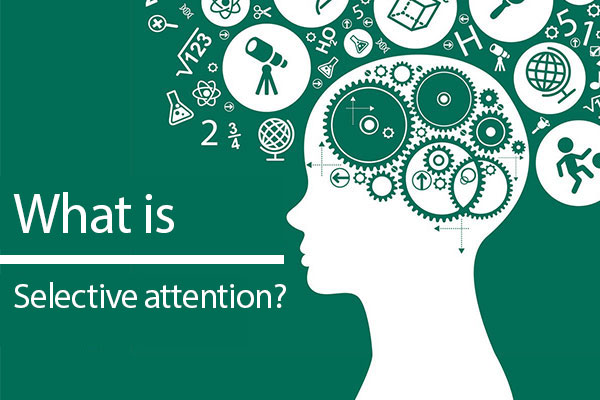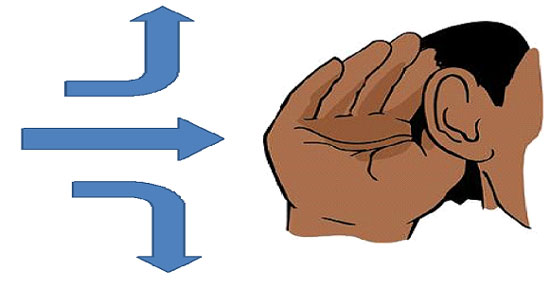
What is selective attention?

What is Selective Attention? Examples of selective attention in real life. What is overselective state and how does it affect people's cognitive and evaluation abilities?
What is selective attention?
Selective Attention is a term for the ability in which people can limit attention, focus on things, facts, information is considered important, priority, necessary.
In most cases, Selective Attention helps people gather the necessary information in a multitude of distracting streams of information.
For examples:
- A person looking for a "graphics card" product on a website that sells computer parts will tend to only pay attention and focus on products of the "graphics card" category.
- A female student has a special affection for a male student in the next class, when told the stories of the next class, this female student will tend to prioritize her attention on the information related to that male student.
- When the Covid epidemic began to spread in 2020, people around the world focused more on news about this Covid disease than news on other topics.
What is Overselective?
In some cases, Selective Attention is pushed to the limit, at that time, people will fall into Overselective state (Selective attention exceeds the normal limit). This state will negatively affect people's ability to receive information, when people only want to hear what they want to hear, see what they want to see, and leave out most of the information, other views of things, events... Overselectivity can create deviations in the way people see and evaluate people about a certain thing or event.
For examples:
- When a person has a grudge against a singer A, this person will tend to only want to hear and read negative information about that singer A, and ignore the positive information even though That positive information is accurate compared to reality.
- A consumer, after using a perfume product of brand B, has a very bad impression of that brand B because of some defects in products and services. Some time later, when there was a need to buy perfume again, that consumer decided not to choose to use products of brand B, even though the business enterprise of brand B had overcome all the shortcomings in their products and services.
- Loyal fans of the Democratic Party in the United States often only want to hear and read positive information about the party that the picture supports, and ignore the negative incidents that this party has caused.








